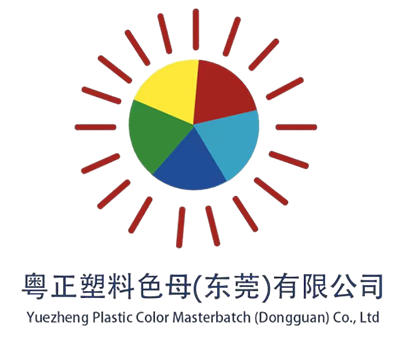HDPE is short for high-density polyethylene. Basically, it is a robust and dense plastic. HDPE is used for products that require being tough and secure because of its strength. HDPE, for example, is the plastic used to create milk jugs and detergent bottles because it needs to safely hold liquids without breaking. This plastic does a great job keeping whatever’s inside it safe.
LDPE (low-density polyethylene) is the other end of the spectrum. This plastic is less rigid and has less tensile strength than HDPE (high density polyethylene). LDPE is more commonly used for products where less strength is needed. Examples: LDPE is used to make plastic bags and squeeze bottles. They have to be flexible and easy to use and that is why LDPE is used for these items.
Advantages and Disadvantages of HDPE and LDPE Let’s talk about HDPE first. Perhaps the best property of HDPE is that it is extremely strong and durable. As such, it can keep the things contained undamaged. It also has a unique ability to withstand exposure to chemicals and sunlight. HDPE does not decompose easily, which is an advantage for many products.
Now, let’s look at LDPE. LDPE is better than HDPE in one respect, it offers more flexibility. That malleability makes it an ideal option for packaging products that require squeezing or bending, such as ketchup bottles and snack bags. But LDPE is less strong than HDPE due to its lower density, so may not meet all packaging requirements.
LDPE is the preferred option for packaging that needs to be flexible and easily squeezable whereas if your packaging needs to be both stiff and flexible, opalescent, or require nutritional content then HDPE would be the way to go. This is particularly the case when it comes to items such as plastic bags, which have to have the ability to be opened and closed with ease. A lot is what you need to consider when talking about packaging! For items that are sensitive to chemicals or sunlight (such as some chemicals), HDPE is the option for you, as it is designed to resist chemicals and UVs.
Recycling is one of the best methods to get rid of these plastics. Some communities have recycling programs for HDPE and LDPE plastics. Whenever you recycle, ensure to wash the plastic before doing so. And remember to remove labels or caps before tossing items into the recycling bin. This makes the recycling process more efficient.
LDPE, on the other hand, is more suited for products that need flexibility. Low-density polyethylene (LDPE), for example, is used to make plastic bags and squeeze bottles because it must be easy to use and pliable. LDPE is great for food that requires heat sealing. This prevents the food from becoming stale or otherwise unsafe to eat.

Copyright © Yuezheng Plastic Color Masterbatch (Dongguan) Co., Ltd. All Rights Reserved